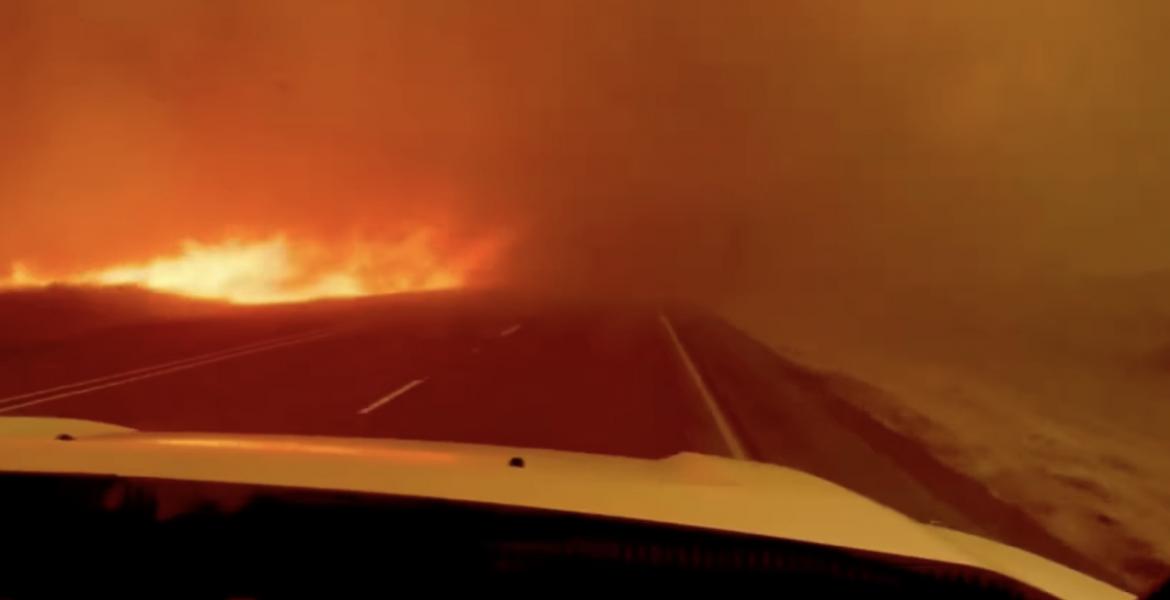BRYAN-COLLEGE STATION, Texas — The Texas A&M Engineering Experiment Station (TEES) will collaborate with energy-sector stakeholders, several national labs and universities in 10 states as the manager of a new Ocean Energy Safety Institute (OESI).
The goals of the new OESI include safer workplaces, improved environmental stewardship and greater U.S. energy security.
Through advances in technology, monitoring equipment and workforce training, the OESI will work to mitigate environmental and safety risks for both conventional and renewable energy technologies and prevent geohazards, work-process incidents and offshore oil spills.
The consortium is organized under an agreement announced in May between TEES and the U.S. Department of the Interior’s Bureau of Safety and Environmental Enforcement and the U.S. Department of Energy. The agreement calls for up to $40 million from the federal government over five years, as well as about $12 million in investments from consortium members.
A smaller-scale OESI had been operated until recently by TEES and two other Texas universities. Now, the OESI includes 16 universities in 10 states, including Texas A&M University and Prairie View A&M University. It also involves several national labs and more than 20 stakeholders representing conventional and renewable energy – including offshore wind and marine and hydrokinetic energy – from every offshore energy producing region.
“Tell us how we can help and we’ll be right there,” said John Sharp, chancellor of The Texas A&M University System. “We’re delighted to contribute to the energy sector. It fuels so many jobs in Texas and across the country.”
M. Katherine Banks, Texas A&M president, is the principal investigator on the OESI project. She applauded her team for pulling together a diverse array of stakeholders from the energy industry and academic institutions.
The universities involved in the OESI represent Massachusetts, Maryland, Virginia, Florida, Louisiana, Texas, Oklahoma, California, Washington and Alaska.
“We are glad the federal government selected Texas A&M to support the energy industry,” Banks said. “TEES has nationally recognized expertise in shepherding advanced research and development.”
John Pappas, TEES director of center operations and adjunct faculty member in the Department of Ocean Engineering at Texas A&M, is the program manager for the OESI project. He called the new consortium a “game-changer.”
“We look forward to being part of the next generation of safety and environmental protection technologies for offshore energy production,” Pappas said. “Our team is extraordinarily diverse, creative and talented. It will offer new solutions and new ways of thinking.”
TEES will be responsible for developing a road map of projects in consultation with consortium members. Once approved by federal officials, the road map becomes a guide for individual projects with yearly objectives.
While the Department of the Interior’s Bureau of Safety and Environmental Enforcement and the Department of Energy will provide expertise, direction and oversight through a Joint Steering Committee (JSC), the OESI will operate independently. The JSC will include experts in oil and gas, offshore wind and marine and hydrokinetic energy, which is the method of converting energy from waves, tides, ocean currents, and thermal and dissolved-salt gradients into electricity.
Faisal Khan will be the OESI technical director. A chemical engineering professor, Khan is a leading researcher in offshore technology and safety engineering. He emphasized that consortium projects will entail researchers from a variety of engineering fields: ocean, industrial, chemical, civil, mechanical and others.
“This is a multidisciplinary, holistic approach,” Khan said. “We will provide technical support and safety and environmental protection technologies for oil, gas, wind and wave energy production.”
About The Texas A&M University System
The Texas A&M University System is one of the largest systems of higher education in the nation with a budget of $6.3 billion. The Texas A&M System is a statewide network of 11 universities; a comprehensive health science center; eight state agencies, including the Texas Division of Emergency Management; and the RELLIS Campus. The Texas A&M System educates more than 151,000 students and makes more than 22 million additional educational contacts each year. Systemwide, research and development expenditures exceed $1 billion and helped drive the state’s economy.
Subscribe to the LIVE! Daily
Required






Post a comment to this article here: